The air was crisp yet refreshing, as I made my way through the tall grass and wild growing Black-eyed Susans and Daisies on my way to the large pond on our property in the Arkansas Ozarks. With my faithful fishing pole over my shoulder and tackle box in hand, I planned to spend this clear Spring Saturday catching an assortment of Catfish, Bass and Bluegill.
Though I was still only eight years old, I loved my solo adventures through the forest and down to the three acre pond at the base of our hilltop property. My pace quickened in anticipation of casting my line into the mirror-like surface of the pond and reeling in my first fish of the morning.
A soft, yet piercing squeal startled me out of my daydream, and I scanned the ground for the source of the blood-chilling commotion. Suddenly, and without warning, a jet black, scale-covered head popped up over the tall grass to survey the surroundings. The hunter – now feeling hunted, was immediately aware of my presence, and with the still struggling, freshly caught mouse in its mouth, quickly slithered away while keeping its head a foot or two above the ground for a clear view of its escape route.
My heart rate quickly returned to its normal rhythm as I watched the serpent I recognized as a common and harmless Black Rat Snake, make its way to a more private nook to consume its hard-earned meal. At around five feet long, this one was about average for the large snakes I’d quickly become familiar with since moving to this place the Summer prior.
Photo by Enchanted Tree – Black Rat Snake
Who’s who?
There are some 2900 species of snake that call our planet home. They exist on every continent other than Antarctica and naturally occur on most islands as well. These long-bodied, legless, ectothermic (cold-blooded) critters, have managed to evolve or adapt to live in nearly every climate and all possible habitats. From desert to rain forest, from land to sea, from under-ground burrows to jungle canopies, they are all places that snakes call home.
Snakes come in a variety of shapes and sizes as well. The smallest species (Barbados Threadsnake) reaches around 4 inches, feeding on tiny invertebrates, while the longest (Reticulated Python) is said to grow up to 30 feet long and has been known to eat large mammals like pigs and even small bears. There are around 15 families of snake recognized by science today. The most common and recognizable of these families are the Boas, Pythons, Vipers, Elapids and the colubrids.
Above is an example of an adult Thread snake – the smallest member of the snake family.
The Reticulated Python above belongs to the longest species of snake on Earth today.
Colubrids comprise more than two-thirds of all snake species and are made up of your “typical” non-venomous, ordinary snakes like North American Garter snakes, King snakes, and Corn snakes etc.
Though most snakes in this family are widely known for being harmless and making good pets, there are a handful of exceptions. The African Boomslang is a colubrid, but has very toxic venom and though they are fairly docile, their bites have proven fatal to humans.
Above is an example of a Corn Snake. It’s docile nature and easy care requirements make it perhaps the most common captive snake in the world.
The Boomslang pictured above, is a rear-fanged, venomous colubrid. Although this snake is fairly docile, and has small fangs, the tiny amount of venom it could potentially inject, is extremely toxic to humans.
Boas and Pythons are the big daddies of the snake kingdom. They are well-known for their bone-crushing, eye-popping, breath-taking squeeze. The two families are quite similar and often the source of confusion. One of the most distinct differences between the two families, is that Boas give live birth, while Pythons lay eggs. Interestingly, vestigial limbs are still visible on both of these families. They now have spurs on either side of the vent where legs once existed!
If the photos above look like the same type of snake to you, you are not alone. This is a fantastic example of convergent evolution. The Green Tree Python on the Left is native to Australia, while the Emerald Tree Boa on the right, is native to South America. Although these two species are not closely related, and live thousands of miles apart, they have both evolved to fill a similar niche in the environments they call home.
Boas and Pythons also come in a variety of sizes, and some do make great pets. Ball Pythons and Children’s Pythons are relatively small, well-mannered, and quite easy to care for in captivity, while Reticulated Pythons, Green Anacondas, Rock Pythons and Burmese Pythons, can all grow to over 20 feet long, and be much more difficult to take care of once they exceed around 8 feet.
Vipers are split up into two sub-families. There are true vipers, and pit vipers. Pit vipers, like rattlesnakes, Copperheads and Water Moccasins, all have a visible heat–sensory organ, called a pit on their heads, located between each eye and nostril. These pits are extremely sensitive and can detect variations in temperature a fraction of a degree. This sixth sense is extremely helpful in detecting prey items in the dark when many of these animals are actively hunting. All vipers are venomous, have large “foldable” front fangs, and can inflict medically significant bites. Vipers are usually identified by their big, triangular-shaped heads and elliptical pupils, although there are note-worthy exceptions to this rule.
The vibrant yellow critter above, is an Eyelash Viper. The large hole in front of the eye, is not a nostril, but the heat sensing pit, typical of all pit vipers.
The Gaboon Viper of Africa, is an old world viper and lacks the heat sensing pits of the pit vipers. The Gaboon, however, has the longest fangs of any snake at over 2 inches!!
Elapids have drop-for-drop, the most potent venoms in the snake kingdom. Coral snakes, Cobras, Sea Snakes and Kraits belong to this family. These snakes are defined by their smaller fixed fangs in the front of their mouths. When not in a threat display (think of a Cobra extending its hood) elapids often look rather like their timid colubrid cousins. They typically, have round pupils, smooth scales, and a rounded head. Australia is home to 7 of the 10 most venomous land snakes, and all of them are elapids. Though elapid venom is usually extremely toxic, bites from many of these snakes are relatively painless. This trait unfortunately makes many bite victims assume that they were not envenomated until they start feeling the effects of the venom, at which time, it may be to late.
If the snake above existed in the United States, it might easily be mistaken for a Ratsnake or similar harmless species. However, this Australian native, called the Inland Taipan or Fierce Snake, is the most venomous land snake in the world. It’s venom is so potent, that studies have shown that it has enough venom in one bite to kill 250,000 mice!
At lengths upwards of 19 feet, the King Cobra is not only the largest elapid, it is also the longest venomous snake on Earth. Though comparitively, the Kings venom is less potent than many of the other cobras, it can deliver more venom in a single bite than all of the rest, making a bite from this snake, extremely dangerous.
Venom
Snake venoms are split up into three categories. These are hemotoxins, cytotoxins, and neurotoxins. Each of these components can have devastating effects on the human body and can result in death without proper treatment.
Hemotoxins attack the blood and either contain clotting agents, or anticoagulants, which can lead to either stroke, or excessive internal bleeding and hemmorage. Cytotoxic venom destroys tissue, and often results in massive pain, swelling, bruising, tissue loss or amputation. Neurotoxins affect the nervous system and symptoms include labored breathing, muscle twitches, droopy eyelids, and tingling lips. If left untreated, a neurotoxic bite will often lead to paralysis of the diaphragm and breathing muscles and death from asphyxiation will ensue
Of the 2900 species world-wide, around 725 of them are venomous, and of those, only around 250 of them have the ability to kill a human with one bite. Though many vipers have a very fast strike, most of them are fairly slow moving, have weak musculature, and are easily injured. These less than optimal traits necessitate the use of venom in order to quickly immobilize and/or kill the sometimes quicker, feistier and stronger prey items.
A few thousand individuals are bitten by venomous snakes in the U.S. each year, and of those (thanks to medical technology and anitvenins) , an average of 6 people die as a result. A very notable fact is that some 80% of bite “victims” are males in their twenties or thirties, and of those, a very high percentage of them had been consuming alcohol when bitten. Around 15% of the bite victims are to people (reptile hobbyists, venom lab workers and herpetologists) who regularly work with or handle these serpents, and the bite is simply an understood and accepted hazard. The remaining 5% of bites are legitimate bites, where the person bitten was typically minding their own business and inadvertently got too close to the snake. When you view these statistics, it seems that perhaps the snakes are not nearly as dangerous as we give them credit for, and if anything, most of the bites are the fault of the human, not the snake. In the U.S., it is much more likely that you will die from being struck by lightening, than by being struck by a venomous snake.
If you are ever bitten by a snake, and you have reason to believe that it might be venomous, your next steps are very simple. Try to remain calm, and seek immediate medical attention! Snake bite kits, tourniquets, applying electricity and attempting to suck out the venom, are all antiquated and potentially damaging practices, and should not be considered! Some toxins in certain snake venoms are, as previously mentioned, anticoagulants, which makes cutting one’s self in order to suction out the venom, a very bad idea. Snake bite kits like the one pictured below, have been proven to cause more harm than good, and should not considered for anything other than a collector’s item.
Constriction
Most snakes that lack venom, will either overpower and eat their prey live, or will more commonly constrict their prey until dead, prior to consuming it. Constriction is the act of looping several coils around the prey item and squeezing progressively tighter. As the prey item breaths out, the snake tightens its coils, so that the animal cannot breath in again.
Most of us are familiar with the King snakes, Rat snakes and Corn snakes that fall into this category, but the most famous constrictors are the Boas and Pythons. These thick-bodied, muscular snakes are capable of taking down and overpowering large, formidable prey items like alligators, jaguars, small antelope and deer. Though the largest of these snakes may see small primates as a prey item and may occasionally eat a human child, most of these accounts are purely anecdotal, and unsubstantiated. Although the giant constrictors can and have killed adults (mostly in captivity), the fact is that the average sized adult is much too wide at the shoulders to swallow, and is far from an ideal or sought after food source.
Keeping Pet Snakes
Reptiles have become increasingly more popular in the pet trade and there are several good options for snake enthusiasts to start out with. Corn Snakes, Ball Pythons and Garter Snakes can all make great, fairly easy to care for, pets.
Venomous snakes and especially large constrictors are also becoming more popular amongst exotic pet keepers. Keeping these animals should only be done by the very most experienced and capable of reptile experts! Though I strongly disagree with a blanket ban on keeping most animals, I am very much the advocate for states requiring permits and regulations for anyone wishing to keep these snakes. The blatant negligence displayed, and abhorrent conditions many of these serpents are kept in, by the untrained and the ignorant, is a direct threat to the reptile hobby! We cannot afford to allow these individuals to continue to risk their own lives and the safety of others, while becoming the next story for the fear-inciting media, or fodder for the next group of radical animal activists!
Summary
This blog only scratches the surface in regards to all the forms, functions and habits of our friends the snakes, but hopefully works educate on the most fundamental level. These creatures are fascinating, but wildly misunderstood by most of us. Education is key in familiarizing ourselves with these animals and learning ways to better coexist with them. As always, we invite you to comment below or send an email if you have any questions, interests or concerns you’d like to share or have us address.
Your resident Snake Buddy,
Jamison

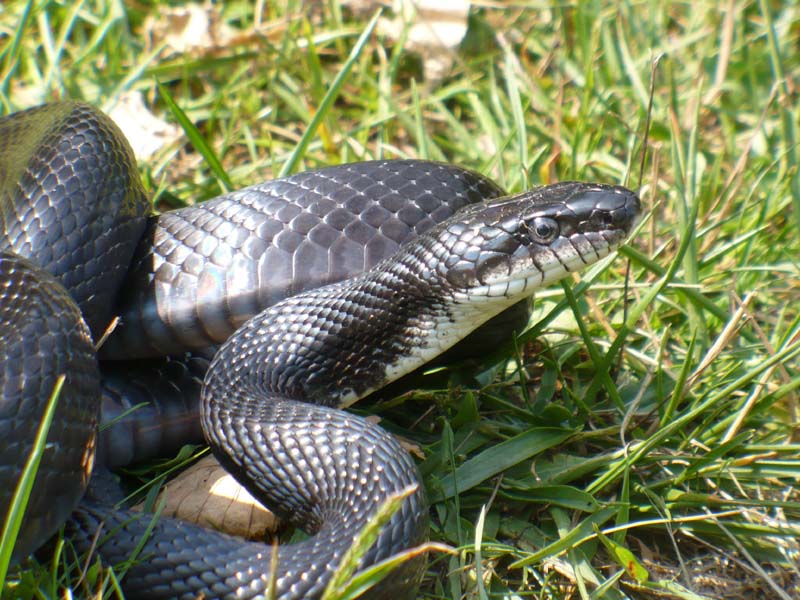
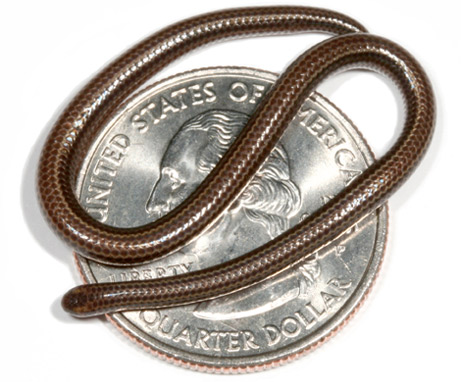
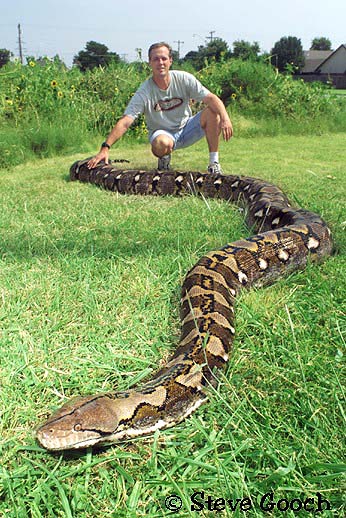
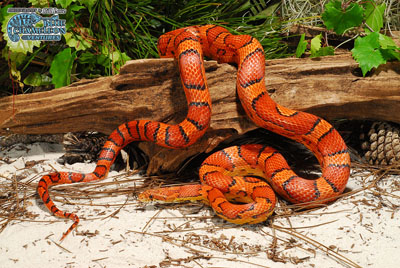
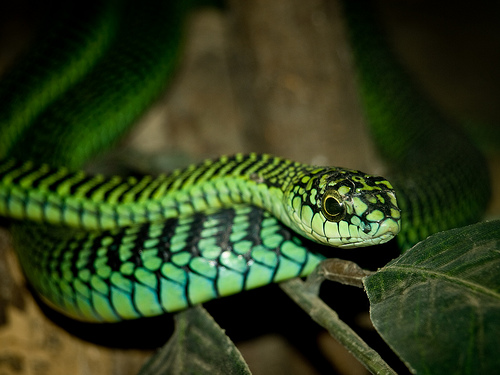
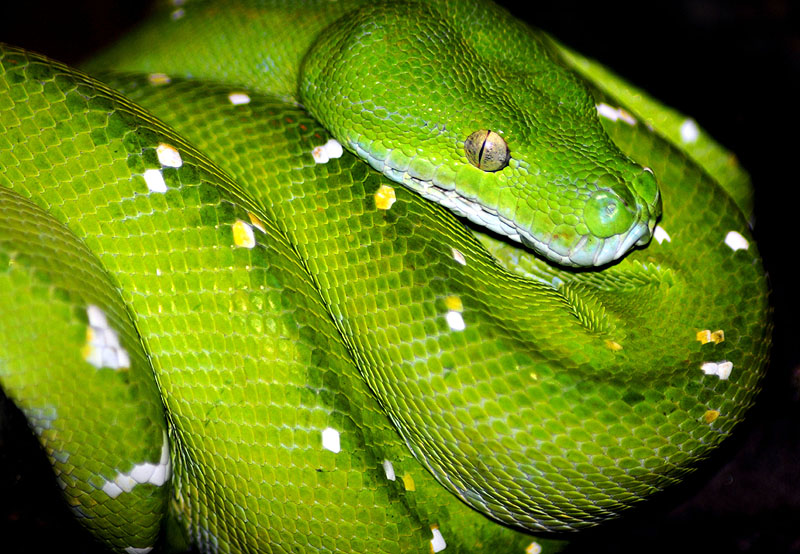
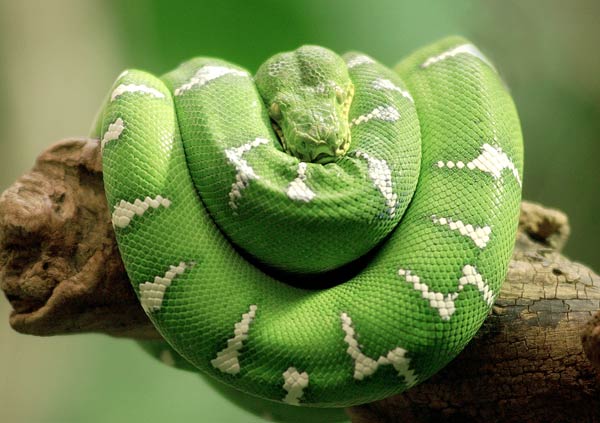
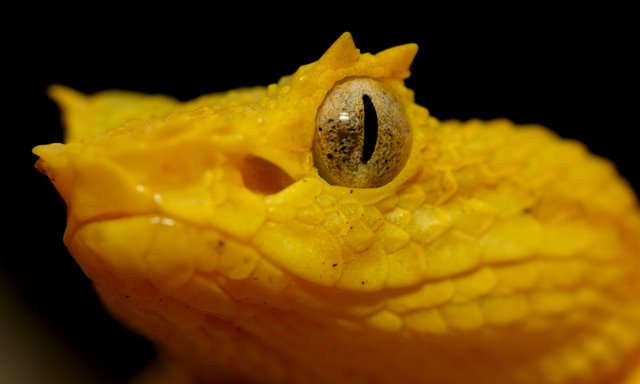
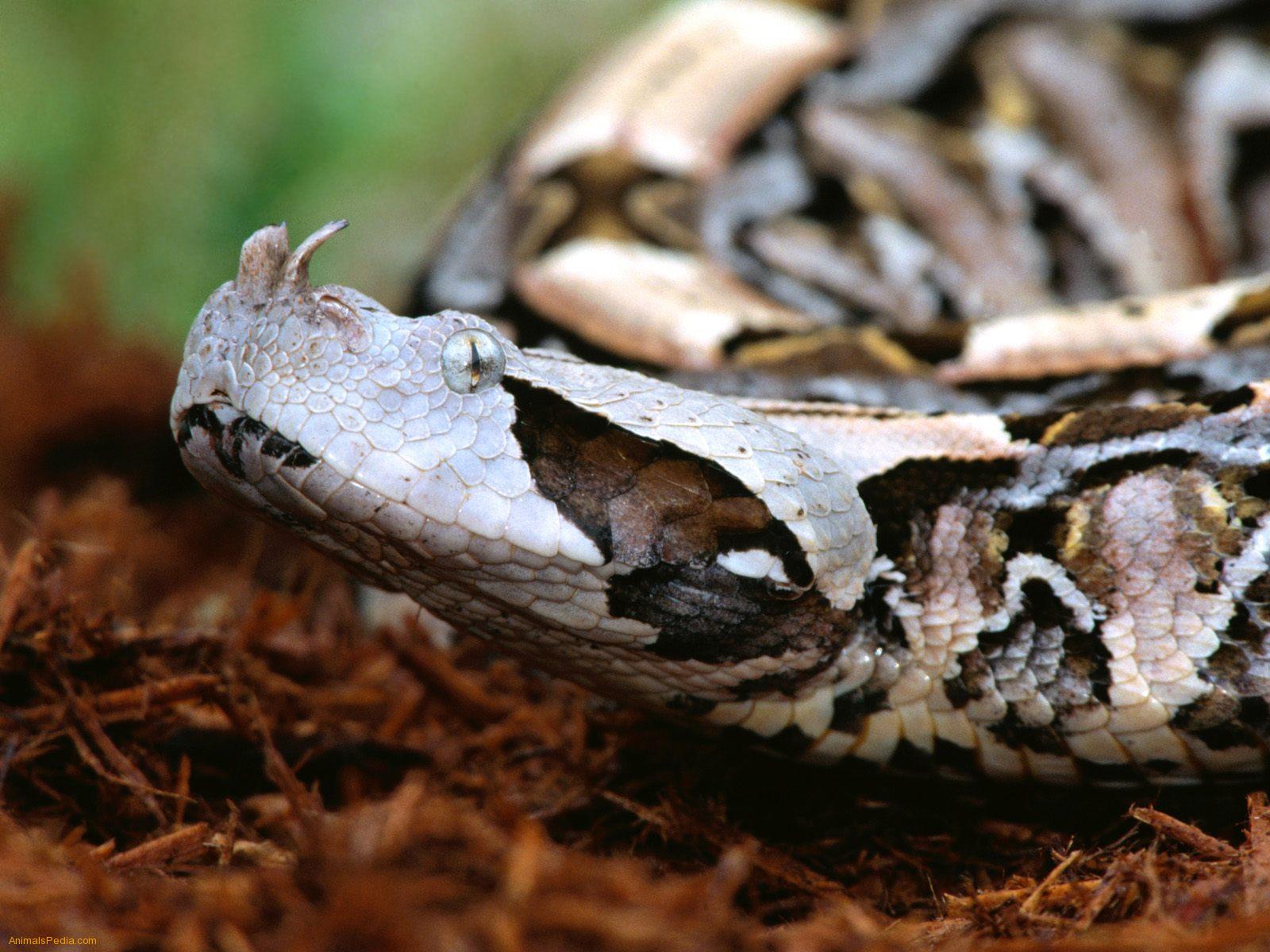
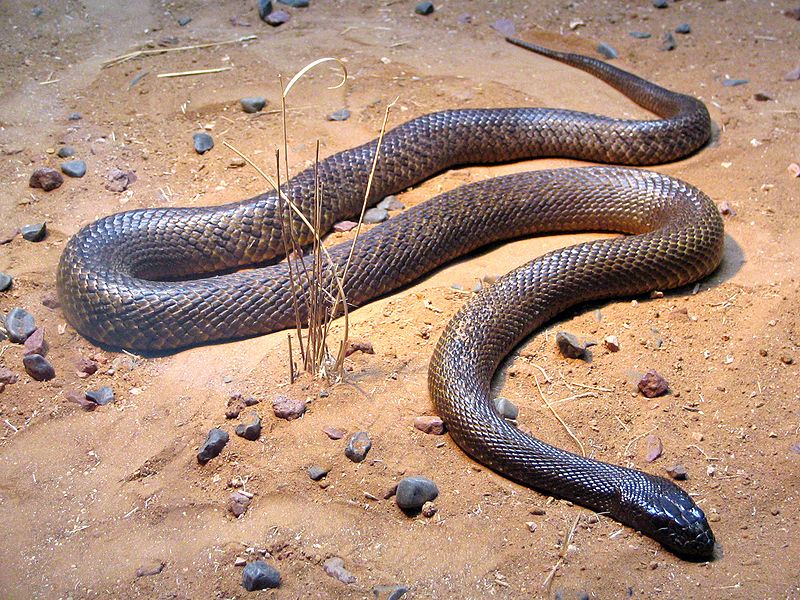
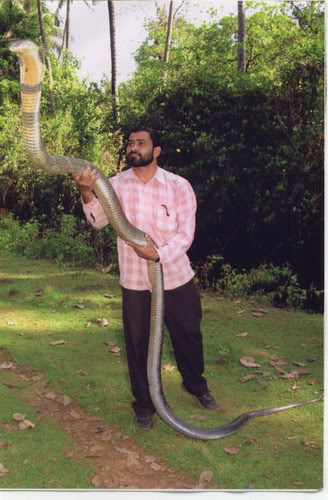
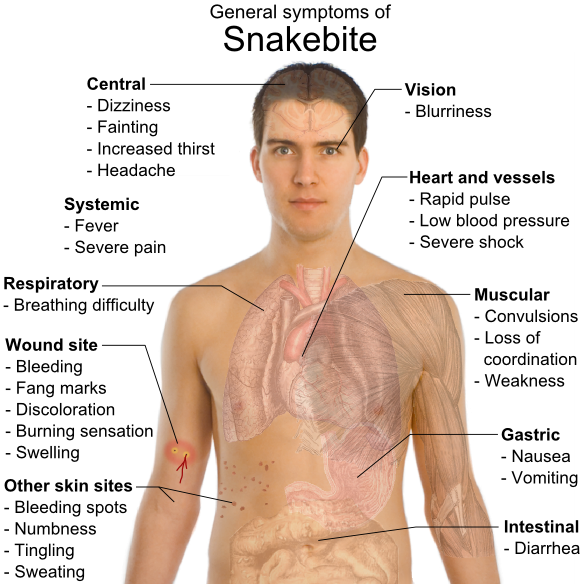
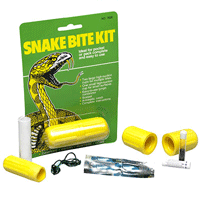

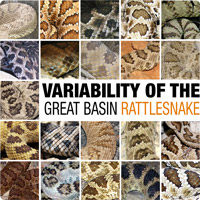
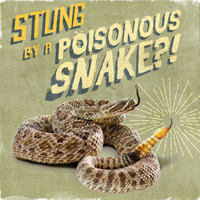



Pingback: 2010 in review | Snakebuddies' Blog
Hello,
In concern to me leaving this comment I wanted to ask permission to use a couple of your snake photos. I would with out a doubt give a “Photo Courtesy of…..” and a link to your page.
I would like to use your photos on my blog. If you would like to take a look at my blog here is my link: http://reptilianfriends.blogspot.com/
Thank you very much for your time.
-Rebecca.
Reblogged this on iridescentscribblings and commented:
Really interesting if you like snakes. Even if you don’t, still a good read.
I saw something just like the smallest snake in this page in a hostal in paraguay, we kept arguing that it was a worm..but it would pop its head up ever so often just like a snake. The only difference was that it was silver.
Great article! I like how you separated the different snake families and have some description to each one. I know this article is a couple years old, but I hope to keep reading some of your posts of you continue to do so.
Thanks Connor! I appreciate your feedback and kind words. I try hard not to duplicate the articles already in existence, and hoped that this article would offer a high level view of different snake families without boring the average reader to death. I would very much like to get back to writing articles on my blog, and have every intention of doing so when time allows. Please subscribe to my blog, so that you will be notified when I do get to that next interesting article.
Thanks again!
Jamison